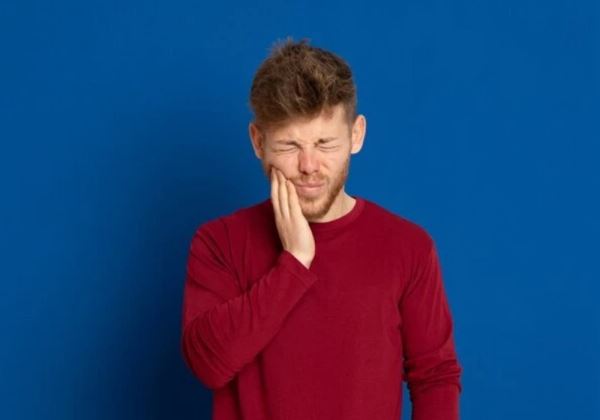Our Blog
Bruxism in young people: a growing problem that requires immediate attention
Regardless of the context in which this topic is discussed, it is important to understand that this condition causes involuntary grinding or clenching of the teeth and is no longer a problem exclusive to adults. According to the Sanitas Oral Health Study 2023, 19% of Spaniards suffer from bruxism, with a notable increase in young people under 18, where stress is identified as the main cause in 42.8% of cases. Since 2020, these figures have begun to increase, with factors such as anxiety, as well as increased screen time, which makes it difficult to relax before bed, being identified as key triggers for this increase. Dr. Almudena Herraiz, a specialist in invisible orthodontics in Spain, comments that "the increase in bruxism in young people has been quite noticeable and therefore alarming. This habit has an impact that goes beyond dental issues, where jaw wear and pain are clearly present. But it is also essential to address both the physical symptoms and the underlying causes in order to offer effective treatment."
To identify this condition, the most common symptoms are:
- Headache, especially upon waking.
- Tooth sensitivity.
- Pain in the jaw or neck.
- Dental wear or fractures.
- Impact on quality of life:
Different medical disciplines have detected that young people who present with probable bruxism have had a negative impact on their quality of life.
Furthermore, it has been observed that tooth wear, a common consequence of bruxism, can negatively affect young people's self-esteem and social interaction, especially when the damage is visible. Concern about dental appearance can lead to social isolation and impact self-perception. Dr. Herraiz mentions that if parents detect that any of the symptoms persist in young people, they should consult specialists to begin comprehensive treatment.
Treatment Options for Bruxism
"Bruxism does not have a single cause or a single solution. Each patient is unique, and the goal of healthcare professionals is to offer comprehensive and personalized treatment that not only relieves the symptoms but also addresses the underlying causes," she commented.
Among the most effective treatment options are:
1. Customized dental splints. "The
dental splint remains one of the most effective tools for treating bruxism. Custom-designed, these night guards not only prevent tooth wear, but also help relax the jaw muscles, reducing pain and inflammation," says Herraiz.
2. Invisible orthodontics. "In cases where bruxism is related to dental alignment or bite problems, invisible orthodontics is an excellent solution. It not only corrects the position of the teeth, but also reduces the tension that can lead to the habit of clenching or grinding the teeth," he explained.
3. Stress management therapies. Stress is one of the main triggers of bruxism, especially in young people. Working on its management through relaxation techniques, such as meditation, yoga, or conscious breathing, is a fundamental part of treatment.
4. Maxillofacial physiotherapy. "When bruxism has caused chronic pain or limited jaw movement, maxillofacial physical therapy can be very helpful. Through specific exercises and therapeutic massages, tension is relieved and the function of the temporomandibular joint is improved," he explained.
5. Botulinum toxin (Botox) application. In more severe cases, botulinum toxin can be an effective solution. Its application to the masticatory muscles helps reduce the force of bruxism, providing long-term relief.
6. Postural education and sleep habits. Many people are unaware of the bad habits that contribute to bruxism, such as resting the jaw on the hands or sleeping in positions that increase jaw tension. Proper postural education and improved sleep hygiene are essential steps for treatment.
"My goal is not only to treat bruxism, but to help my patients regain their quality of life and prevent future problems. With a multidisciplinary and personalized approach, it is possible to control this condition and its consequences," concludes Dr. Herraiz.

